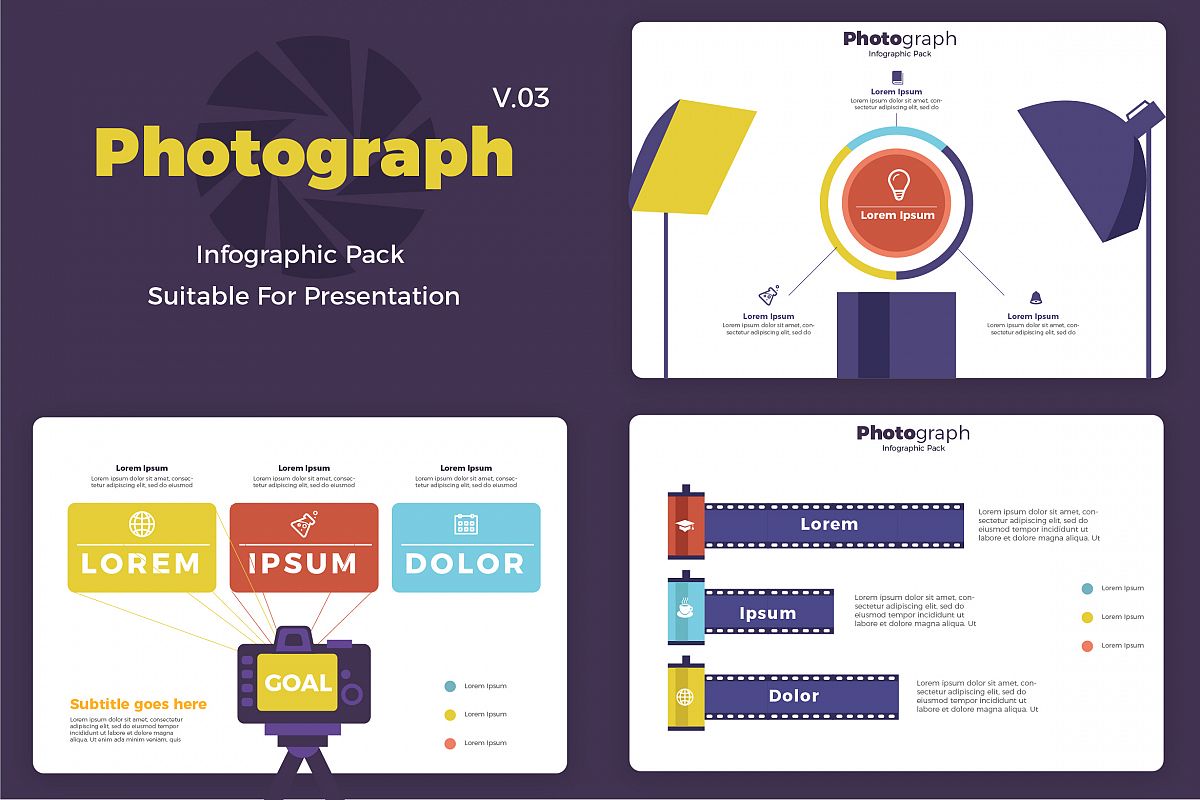Transform Your Digital Photography By Mastering Lights Techniques That Can Boost Your Images-- Find The Typical Challenges That Could Be Holding You Back
Transform Your Digital Photography By Mastering Lights Techniques That Can Boost Your Images-- Find The Typical Challenges That Could Be Holding You Back
Blog Article
Posted By-Futtrup Godwin
As a photographer, you know that illumination can make or break your pictures. Recognizing the subtleties of both natural and fabricated light is necessary for catching the state of mind and quality you aim for in your work. Whether you're chasing after the excellent gold hour radiance or fine-tuning your synthetic configurations, understanding these aspects can boost your photography dramatically. But there prevail risks that numerous neglect, and acknowledging them can change your approach to every shoot. Let's discover what you might be missing out on and just how it can affect your results.
Understanding Natural Light
Understanding all-natural light is essential for any type of professional photographer seeking to boost their job. It's the foundation of terrific digital photography, affecting mood, tone, and clarity. When you shoot outdoors, pay attention to the moment of day. The golden hour-- shortly after sunrise and prior to sunset-- offers soft, warm light that can change ordinary scenes right into stunning images.
Do not undervalue the power of cloudy days. Cloud cover diffuses sunshine, producing a soft, even light that's perfect for portraits and macro digital photography. You'll discover colors pop in this type of illumination without severe darkness.
Positioning issues, too. Constantly consider Headshot photo to the light. If the sunlight's behind your subject, you might wind up with a shape, which can be significant yet mightn't be what you desire. On Read Alot more , straight sunlight can develop unflattering shadows.
Experiment with angles; sometimes, changing your perspective can yield outstanding outcomes. Usage natural reflectors, like water or sand, to bounce light onto your subject, adding measurement.
Mastering Artificial Light
Grasping synthetic light is essential for professional photographers who wish to take their skills to the next degree. Whether you're using speedlights, workshop strobes, or constant lights, comprehending just how to control these sources can dramatically boost your pictures.
Begin by acquainting yourself with the basics of light quality, direction, and color temperature. Explore different modifiers like softboxes, umbrellas, or grids to control the soft qualities or violence of the light.
You'll locate that soft light often develops flattering results, while harsher light can include dramatization and depth. Don't shy away from shadows; they can boost the three-dimensionality of your subjects.
Pay very close attention to the positioning of your lights. A light located as well near your subject can create unflattering results, while as well far away can result in an absence of detail. Make use of a light meter or your electronic camera's pie chart to ensure you're subjecting correctly.
Finally, keep in mind that man-made light can be combined with ambient light for innovative effects. Stabilizing these resources might take technique, once you understand it, your photography will absolutely beam.
Strategies for Different Scenarios
When you step into various shooting circumstances, adjusting your illumination strategies is critical for recording the most effective photos. For exterior pictures, utilize the gold hour-- morning or late afternoon light-- to soften darkness and boost complexion.
If it's a rough noontime sun, consider utilizing a reflector to jump light back onto your topic or seek shaded locations for an extra also exposure.
In low-light scenarios, like indoor occasions, increase your ISO and utilize a vast aperture to allow in even more light. A tripod can aid get rid of electronic camera shake, enabling longer direct exposures without blurring.
If you're shooting at night, explore off-camera flash to produce dynamic lighting and deepness in your pictures.
For product photography, make use of diffused lighting to stay clear of harsh representations. Softboxes or light camping tents can assist accomplish this result.
When photographing landscapes, consider the instructions of light and time of day, as it can substantially alter the mood of your shot.
Always be ready to adjust your setups and positioning based upon the circumstance, as adaptability is crucial to mastering lighting in photography.
Verdict
To conclude, grasping lighting is vital to elevating your digital photography skills. Embrace all-natural light's elegance throughout gold hour, and do not shy away from try out synthetic light techniques. By adapting your approach to different scenarios, you'll record stunning images that resonate with feeling and clarity. https://www.liveinternet.ru/users/munkholm_fitzpatrick/post509044111 in mind, the appropriate lighting can change an average shot into something remarkable, so keep practicing and refining your understanding of both all-natural and synthetic light. Pleased shooting!
